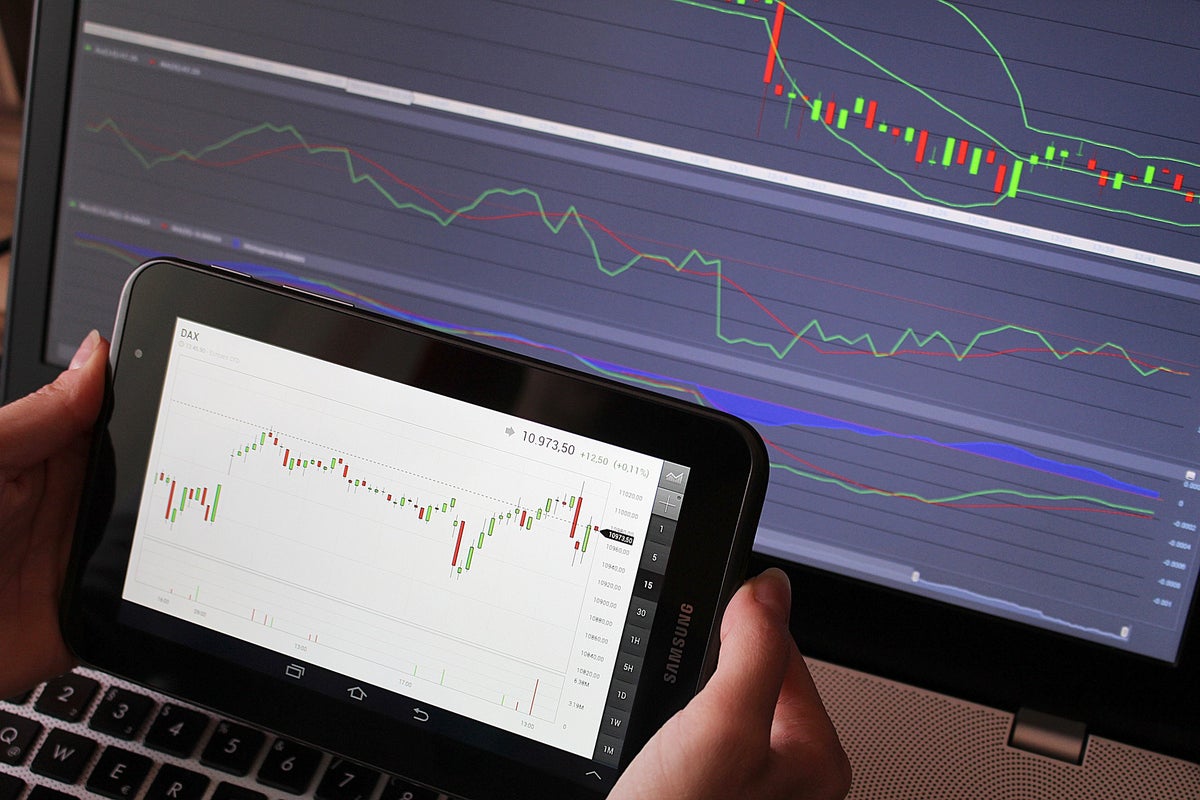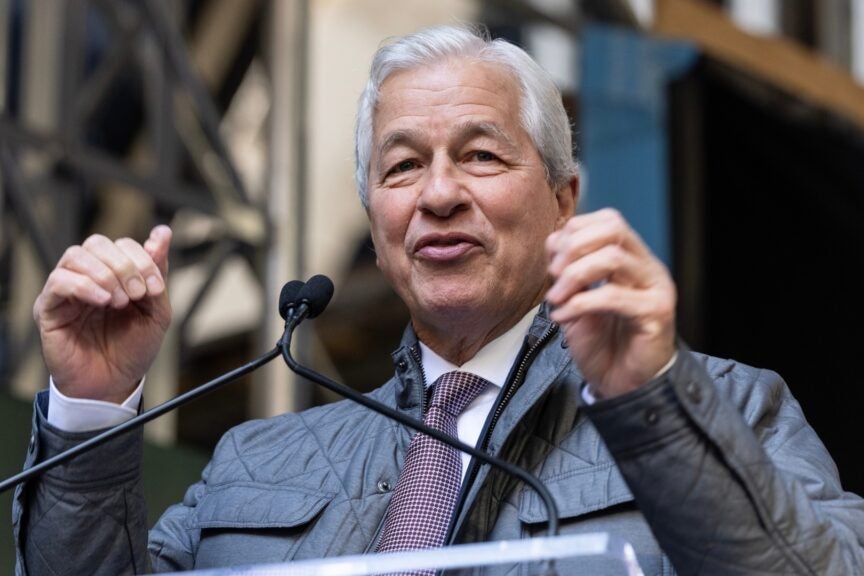Walmart, the global retail giant, has recently found itself in the spotlight due to a surge in unusual options trading activity. While options trading can often signal investor sentiment or reveal hidden market trends, the patterns emerging from Walmart’s recent trades have piqued the interest of market analysts and investors alike. This article explores the underlying causes of this activity, its potential implications for investors, and what it could mean for the company’s future.
Understanding Walmart’s Recent Surge in Options Trading
In recent weeks, Walmart has experienced an uptick in options trading, drawing attention to its stock in a way that differs from traditional market movements. Options contracts, which allow investors to buy or sell a stock at a predetermined price within a specified timeframe, are often used as hedging tools or speculative instruments. When large volumes of options are traded on a stock, it can indicate heightened interest or belief in a significant price movement in the future.
However, what makes Walmart’s recent options activity particularly surprising is the scale and the specific patterns observed. Analysts have noted that both bullish and bearish bets have surged simultaneously, suggesting that investors are uncertain about the direction in which Walmart’s stock price will move. This kind of activity is known as a “straddle” strategy, where investors place options on both sides of the market, betting that volatility will ensue but unsure of the direction.
The Factors Behind Walmart’s Unusual Options Activity
Several factors contribute to the surge in options trading for Walmart. A closer examination reveals that both short-term catalysts and broader market conditions are at play:
- Macroeconomic Uncertainty: Ongoing concerns about inflation, interest rates, and global economic conditions have made investors increasingly cautious. With Walmart being one of the largest and most influential retailers in the world, its stock is often used as a barometer for broader economic sentiment. This uncertainty could explain why traders are hedging their positions with options.
- Shifts in Consumer Behavior: As consumer preferences evolve, Walmart has had to adjust its business strategy. For example, the company’s heavy investment in e-commerce and its emphasis on supply chain optimization could be seen as a double-edged sword. While these efforts could yield long-term benefits, they may also lead to short-term operational challenges that could affect the stock.
- Walmart’s Recent Earnings Reports: The company’s quarterly earnings reports have shown mixed results in recent quarters. While Walmart has managed to weather the storm of rising costs better than many competitors, the pressure of maintaining its competitive edge in the retail sector could influence investor sentiment. Options traders might be betting on a sharp price reaction following upcoming earnings calls.
What Does This Activity Mean for Investors?
For investors, the rising options activity surrounding Walmart presents both opportunities and risks. Understanding the significance of these options trades is crucial in making informed decisions.
- Market Sentiment: A rise in options activity can be a sign of growing uncertainty in the market. The dual bets—both bullish and bearish—point to investor confusion or a potential lack of consensus regarding Walmart’s future performance. Investors may want to interpret this as a signal to proceed with caution and await clearer signs of direction from the company or the broader economy.
- Volatility Play: For those who are comfortable with more aggressive trading strategies, the heightened options activity could present an opportunity to profit from potential price swings. If volatility increases around Walmart’s stock, short-term traders may find opportunities in both upward and downward movements.
- Hedging Risk: Investors holding large positions in Walmart stock might use options to hedge against potential downside risk. The use of options as a risk management tool has become increasingly popular in uncertain economic times, and this trend may continue if volatility persists.
The Broader Implications for the Retail Sector
Walmart’s unique position in the retail sector offers important insights into broader market trends, particularly in relation to consumer behavior and the economic climate.
Shifts in Retail Dynamics
The retail industry has undergone dramatic changes in recent years, accelerated by the pandemic and evolving consumer preferences. Consumers are spending more on experiences and services, rather than goods, and are increasingly demanding faster, more personalized shopping experiences. Walmart’s efforts to adapt to these shifts, such as enhancing its digital platform and expanding its delivery services, could provide long-term growth potential, but also introduce operational risks.
As Walmart invests heavily in its e-commerce capabilities, it must compete with not only other retail giants like Amazon, but also with emerging disruptors in the direct-to-consumer market. Analysts are closely watching how these investments will affect Walmart’s profitability in the long term, and the outcome could have significant implications for the stock price.
Impact of Inflation and Supply Chain Challenges
The retail sector has been struggling with persistent inflation and supply chain disruptions, which have squeezed profit margins across the board. Walmart has managed to stay resilient due to its size and operational efficiencies, but it’s not immune to the challenges. Price increases and the costs of managing inventory and labor could erode profits, leading to more volatility in its stock price.
Walmart’s efforts to control costs while maintaining customer satisfaction could prove decisive in the months ahead. How the company handles its supply chain logistics and navigates inflationary pressures will likely shape investor confidence. For those watching the options market, these factors could fuel expectations of larger-than-usual swings in Walmart’s stock price.
What Investors Should Watch For Moving Forward
As Walmart continues to deal with both internal and external pressures, investors need to keep a close eye on several key developments:
- Upcoming Earnings Reports: The next earnings report could serve as a major catalyst for Walmart’s stock price, especially if the company provides guidance that signals a change in its outlook or a shift in consumer behavior.
- Macroeconomic Data: Investors should monitor inflation figures, interest rates, and other economic indicators. These factors can influence not only consumer behavior but also the overall market sentiment toward large-cap stocks like Walmart.
- Competition and Innovation: Walmart’s ongoing efforts to stay competitive with Amazon and other rivals are crucial. Watch for any new partnerships, product innovations, or changes in pricing strategy that could impact Walmart’s market share.
In addition to these factors, it’s worth considering the broader implications of retail trends on the economy as a whole. The retail sector is often seen as a bellwether for consumer sentiment, and any significant shifts in the performance of major players like Walmart could signal broader changes in consumer confidence and spending habits.
Conclusion
Walmart’s recent surge in options activity highlights the complexities of navigating the retail sector in a period of economic uncertainty. While options trading provides a glimpse into investor sentiment, it also underscores the challenges that even the most established companies face in maintaining growth and profitability amidst shifting market dynamics. Investors need to be vigilant, staying informed about macroeconomic factors, corporate earnings, and competition in order to make well-informed decisions about Walmart’s future.
While the immediate implications of this options activity are unclear, it serves as a reminder of the risks and opportunities that come with investing in large-cap stocks, particularly those with exposure to the rapidly changing retail landscape. For those willing to do their due diligence and monitor ongoing developments, Walmart may continue to offer both challenges and rewards in the years ahead.
For more information on how to navigate these kinds of market shifts, visit Investopedia or check out our detailed guide on understanding options trading.
See more CNBC Network



